
Many Confuse This Plant with a Weed, But It’s Actually Full of Surprising Health Benefits
Purslane, also known as Portulaca oleracea, is a plant commonly found across the United States. Its other names include pigweed, little hogweed, and fatweed. It’s also a popular potherb in Asia and Europe, especially in the Mediterranean region. Not only is it fairly easy to grow, but it’s also rich in vital minerals and vitamins with antioxidant properties. It’s no wonder that this succulent has been long used in ancient medicine, particularly in Chinese tradition, which describes it as “the vegetable for long life.”

The Nutritional Content of Purslane
This succulent is high in many nutrients, including vitamin A, E, and C, calcium, magnesium, manganese, potassium, and iron. It also has small amounts of folate, phosphorus, copper, as well as vitamins B1, B2, and B3. Purslane is 93% water and therefore low in calories, making it extremely nutritionally dense. It’s also a versatile food that can be added to a plethora of dishes.
High in Omega-3 Fatty Acids
Omega-3 fatty acids are crucial fats the body isn’t able to develop on its own, so it must get them from foods. Many people associate this nutrient with fatty fish such as salmon, but purslane is an excellent plant-based source. There is not much fat in this plant, but what’s there is largely in the form of omega-3s. Moreover, it has two types of these fatty acids: ALA and EPA. ALA appears in many plants, such as spinach, but purslane contains 5 to 7 times more. Additionally, EPA is usually found in animal products and algae, making purslane one of the few land plants that provide it.
High in Antioxidants
The vitamins in purslane contain various antioxidants. For example, vitamin C, also called ascorbic acid, helps maintain the well-being of bones, skin, and muscles. Meanwhile, vitamin A has beta-carotene, which is famous for promoting good eye health. It also contains alpha-tocopherol, a type of vitamin E that may protect cell membranes from external damage. Additionally, this plant contains compounds with antioxidants, such as glutathione and betalains, which help protect against cell damage. Plus, it has melatonin, a hormone that can aid sleep and regulate circadian rhythms.

High in Potassium and Calcium
Purslane is also a good source of potassium, magnesium, and calcium. Scientific evidence has linked potassium intake to lowered blood pressure, which can improve heart health. Meanwhile, calcium plays a central role in kidney function, digestion, and most famously, bone health. A diet rich in calcium is typically recommended for people with hypoparathyroidism, malabsorptive bowel disease, and osteoporosis.
High in Magnesium
Magnesium plays a crucial role in regulating blood sugar, blood pressure, muscles, and nerves, as well as building proteins and strengthening bones. A diet rich in magnesium may help lower the risk of certain diseases like high blood pressure and migraines. Researchers recommend getting magnesium from food sources like purslane rather than relying solely on supplementation.
Additional Health Benefits of Purslane
Anti-Inflammatory Properties
Due to its high levels of antioxidants and omega-3 fatty acids, purslane has been linked to reduced inflammation in the body. Chronic inflammation is a contributing factor in many diseases, including arthritis, cardiovascular conditions, and even certain types of cancer. Some studies suggest that regularly consuming purslane can help lower markers of inflammation and oxidative stress.
Supports Gut Health
Purslane contains mucilage, a type of soluble fiber that aids digestion and helps promote a healthy gut microbiome. This fiber acts as a prebiotic, feeding beneficial gut bacteria and supporting overall digestive health. Additionally, mucilage can help with constipation by softening stools and improving bowel movements.

The Downsides of Purslane
Despite its numerous benefits, purslane also contains high levels of oxalates. Oxalates are organic acids that the human body and many plants produce. However, excessive consumption may be harmful to certain people. Oxalates can bind to minerals like calcium and iron, forming crystals that may lead to kidney stones.
People Who Should Avoid Purslane
Due to its oxalate content, research tends to recommend a low-oxalate diet for individuals with high levels of this acid in their urine. If you have conditions that increase the risk of kidney stones (such as inflammatory bowel disease or other gut function disorders), consult a medical professional before adding purslane to your diet.
How to Eat Purslane
This leafy green can be cooked or eaten raw, making it a versatile addition to various dishes. It has a slightly sour flavor and can be consumed in salads or sandwiches, much like spinach or arugula. You can also use it as a substitute for spinach in recipes such as quiche. Additionally, purslane can be blended into a pesto or soup, or used to flavor stir-fries, meats, and grilled vegetables.
Culinary Ideas for Purslane
-
Purslane Salad: Toss fresh purslane leaves with cherry tomatoes, cucumbers, and feta cheese for a refreshing summer salad.
-
Purslane Smoothie: Blend purslane with bananas, yogurt, and honey for a nutrient-packed green smoothie.
-
Purslane Omelet: Sauté purslane with onions and add to an omelet for a breakfast rich in vitamins and minerals.
-
Pickled Purslane: Preserve purslane by pickling it with vinegar, salt, and garlic for a tangy side dish.
How to Grow Purslane
You may have seen this weed in gardens or between sidewalks. Purslane can thrive in multiple conditions, including droughts and soil that is salty or lacking in nutrients. It is an excellent choice for experienced and novice gardeners who want ground cover or to fill hanging baskets.
Growing Tips:
-
Soil Requirements: Purslane prefers well-draining soil but can tolerate poor soil conditions.
-
Sunlight Needs: It thrives in full sunlight and requires about six to eight hours of light daily.
-
Watering: Although it loves summer heat, purslane does not need frequent watering due to its high water retention.
-
Harvesting: You can start harvesting leaves within a few weeks of planting. Since it is an annual plant, it won’t survive frost, so be sure to enjoy your harvest during warm months.
Final Thoughts
Purslane is an underrated superfood with a wide range of health benefits, from promoting heart health to providing essential nutrients. Its high omega-3 content, antioxidant properties, and versatility in cooking make it an excellent addition to a balanced diet. However, individuals prone to kidney stones or those on a low-oxalate diet should consume it in moderation.
By incorporating this nutritious green into your meals, you can enjoy both its health benefits and its unique taste. Whether eaten raw, cooked, or blended into a smoothie, purslane is a powerhouse of nutrition that deserves more recognition in modern diets.
News in the same category

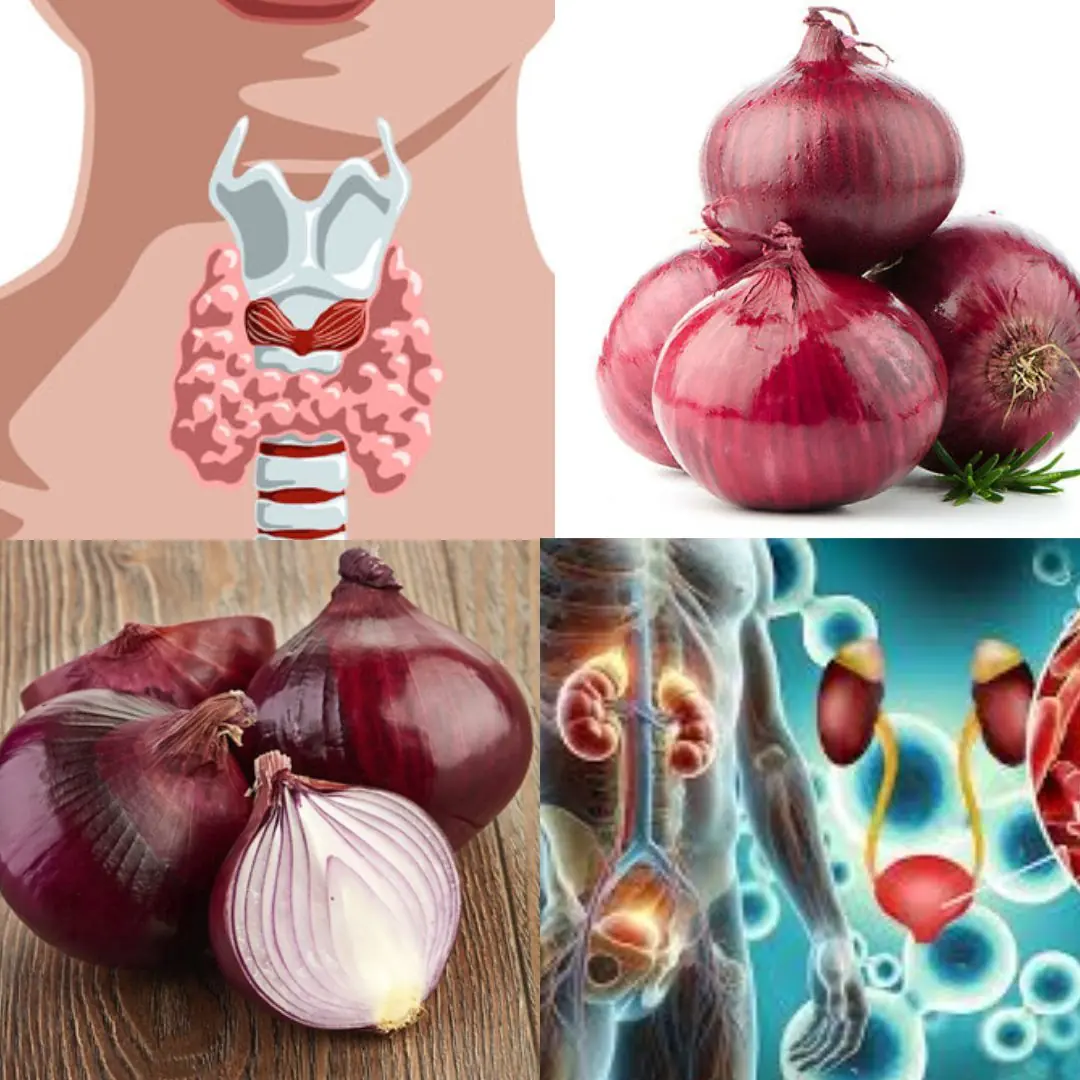
Euphorbia Hirta (Asthma-Plant): Ancient Remedies and Modern Applications for Health and Wellness

Doctor Warns Against This One Thing If You Wake Up at Night

Reasons You Could Have Numbness or Tingling Sensations in Your Hands

A Well-Known Shampoo Is Being Withdrawn Immediately Due To Bacteria That Can Kill One In Ten Patients
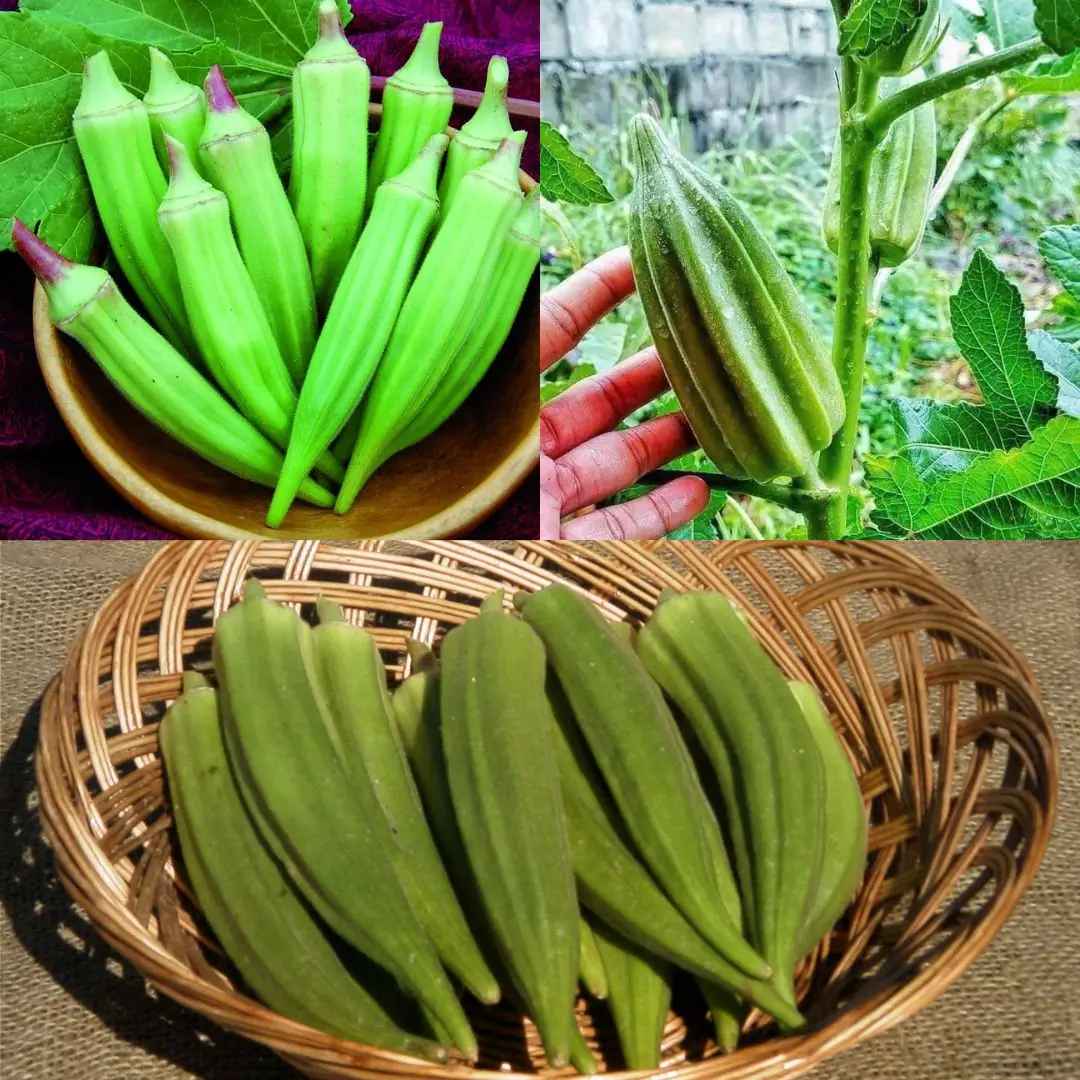
9 Reasons Why You Should Eat Okra Multiple Times a Week

What’s In Your Mouth Could Be Triggering Alzheimer’s, Scientists Say

10 Signs You're Living With Clogged Arteries

Man with severe anger issues breaks down in tears after seeing what radiologist found in scans of his brain

How to Treat H. Pylori Bacteria Causing Heartburn and Bloating + Natural Remedies

8 Ways To Get Rid Of Phlegm And Mucus In Chest And Throat

After A 49-Year-Old Father Of Two Passes Away, There Is An Urgent Warning For All Pet Owners Who Allow Their Dogs To Lick Them
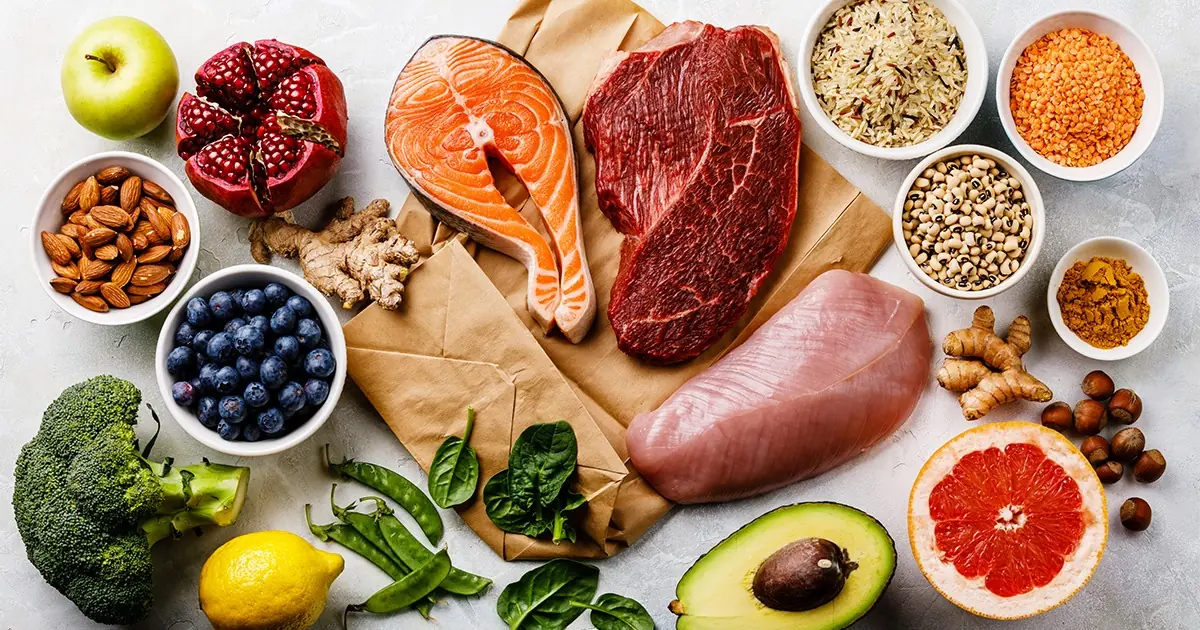
8 of the Best Anti-Cancer Foods. It’s Time to Start Adding Them to Your Diet

Getting Annoyed By Chewing Sounds Is a Genuine Psychiatric Disorder

5 Concerning Red Flags That May Signal Colon Cancer

Risk Of Prostate Cancer Increases By 45% In Men Who Share This Common Practice

End-of-life nurse shares the most disturbing behaviors seen in those nearing death

**Say Goodbye to Skin Tags and Warts: Easy Removal with Hydrogen Peroxide**

What Does It Signify When You Dream of a Deceased Loved One?
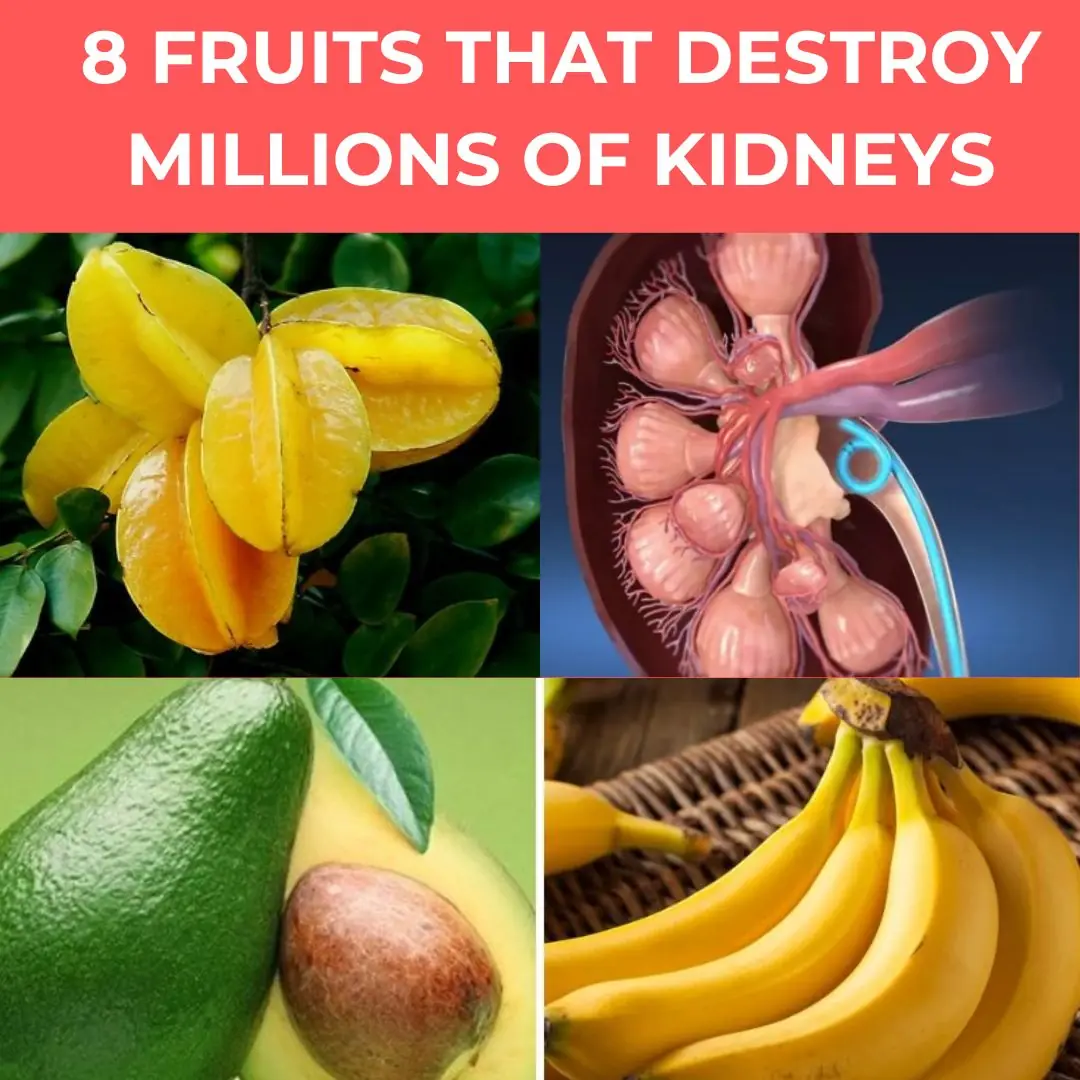
8 Fruits That Can Harm People with Kidney Disease
News Post
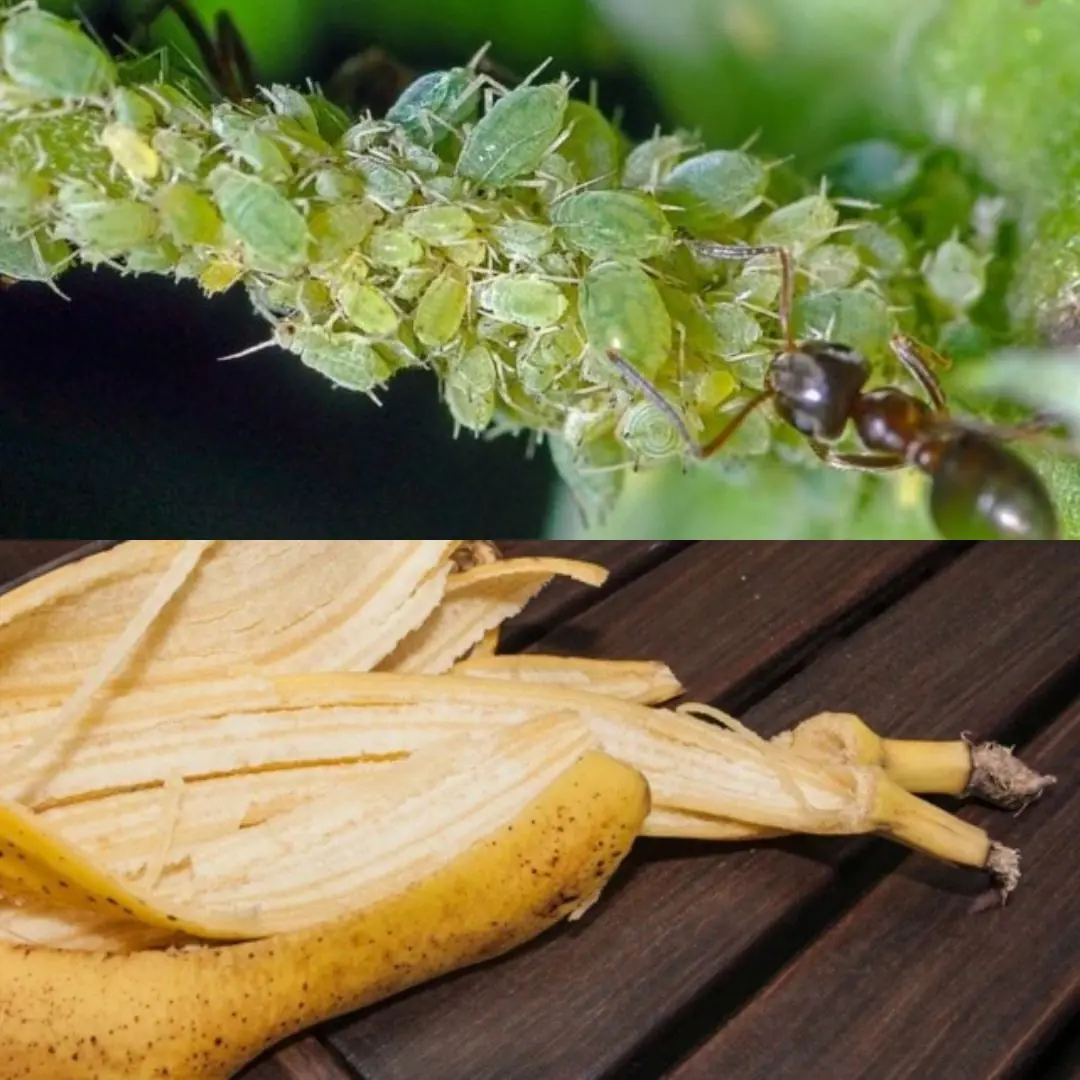
Banana Peels as a Natural Ant Repellent: A Safe and Eco-Friendly Solution
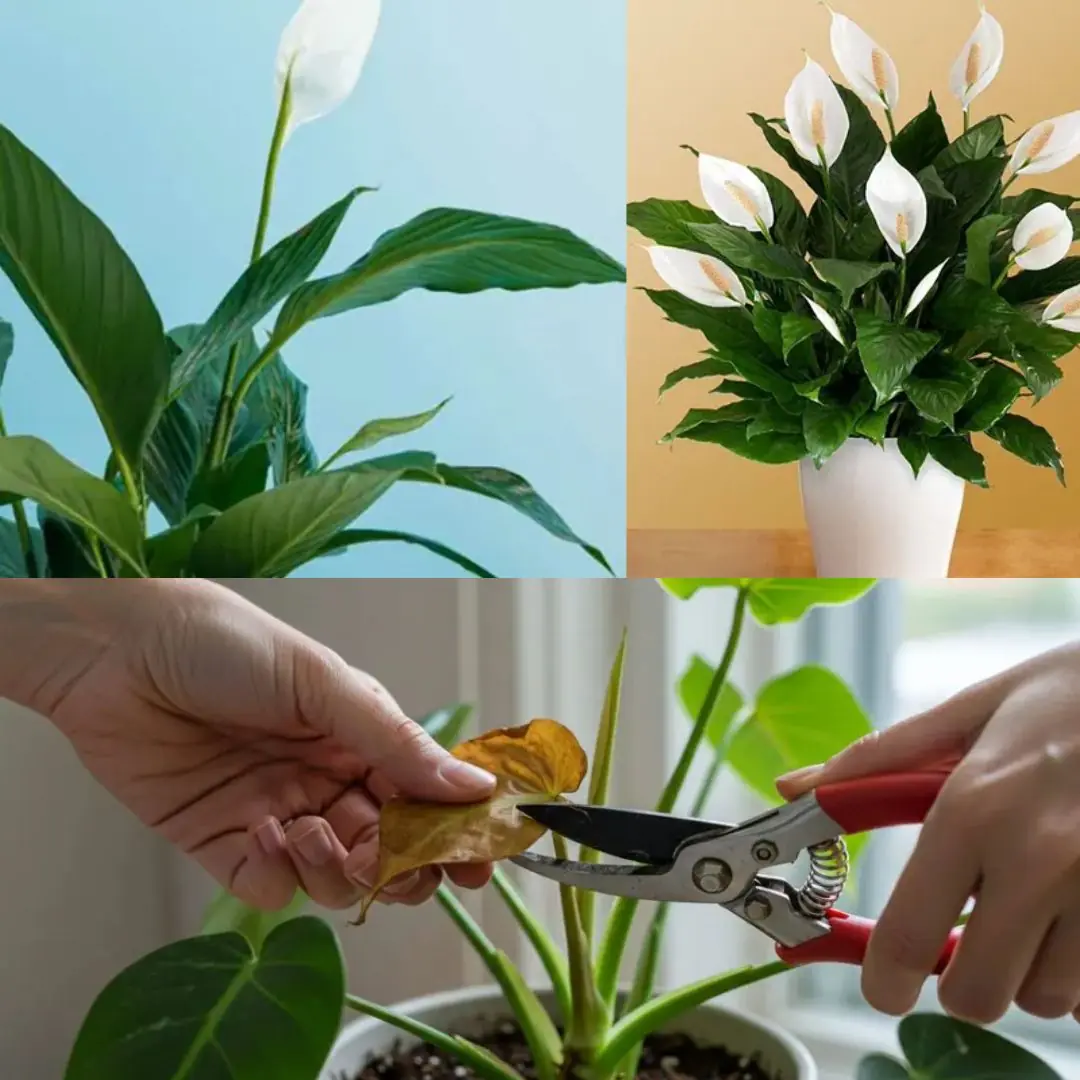
1 year ago 1 year ago Peace Lily Care Guide: Key Tips to Ensure Its Flourishing Growth

THIS DOUBLES Your Testosterone Naturally in 7 Days!
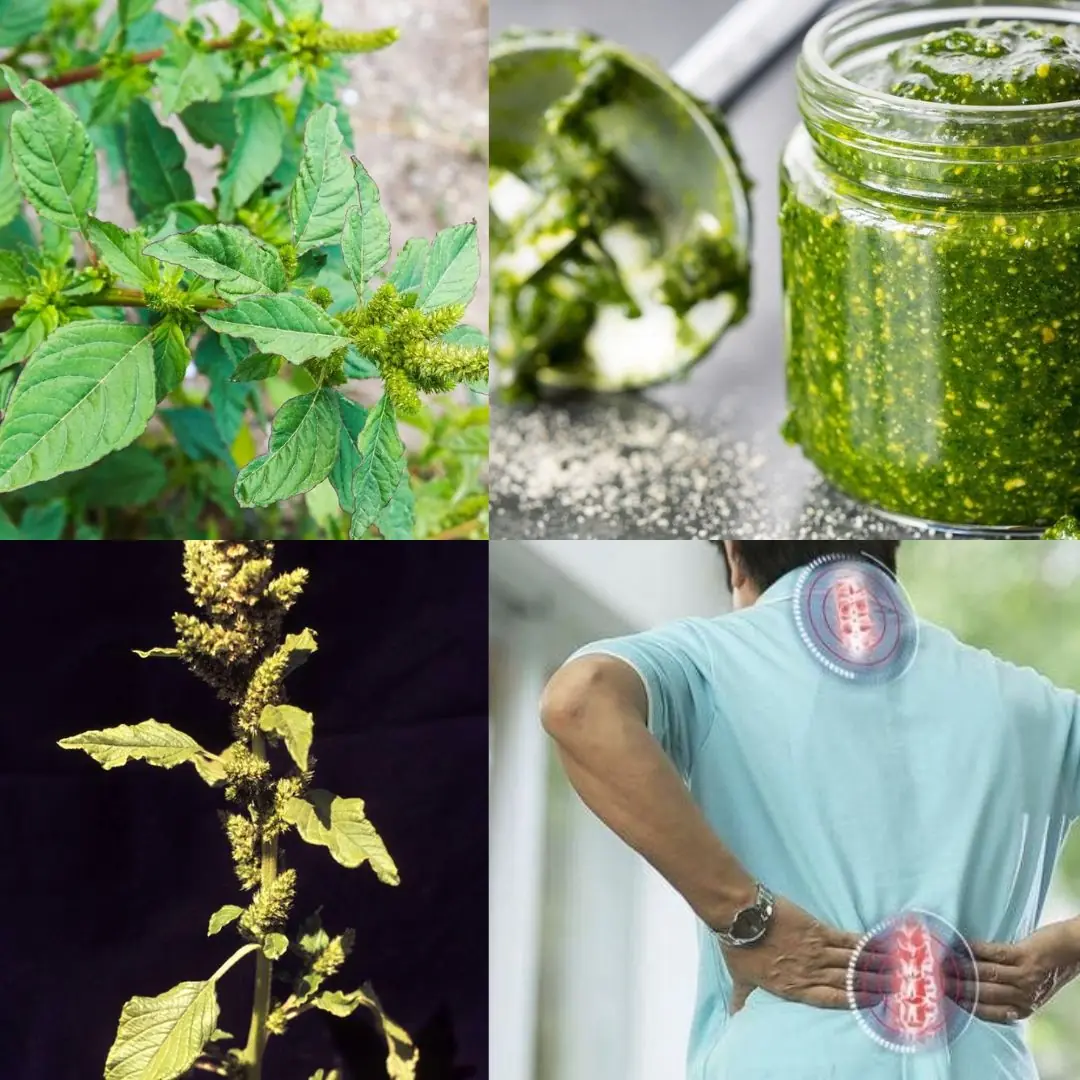
10 Remarkable Health Benefits of Pigweed Greens You Need to Know

Euphorbia Hirta (Asthma-Plant): Ancient Remedies and Modern Applications for Health and Wellness
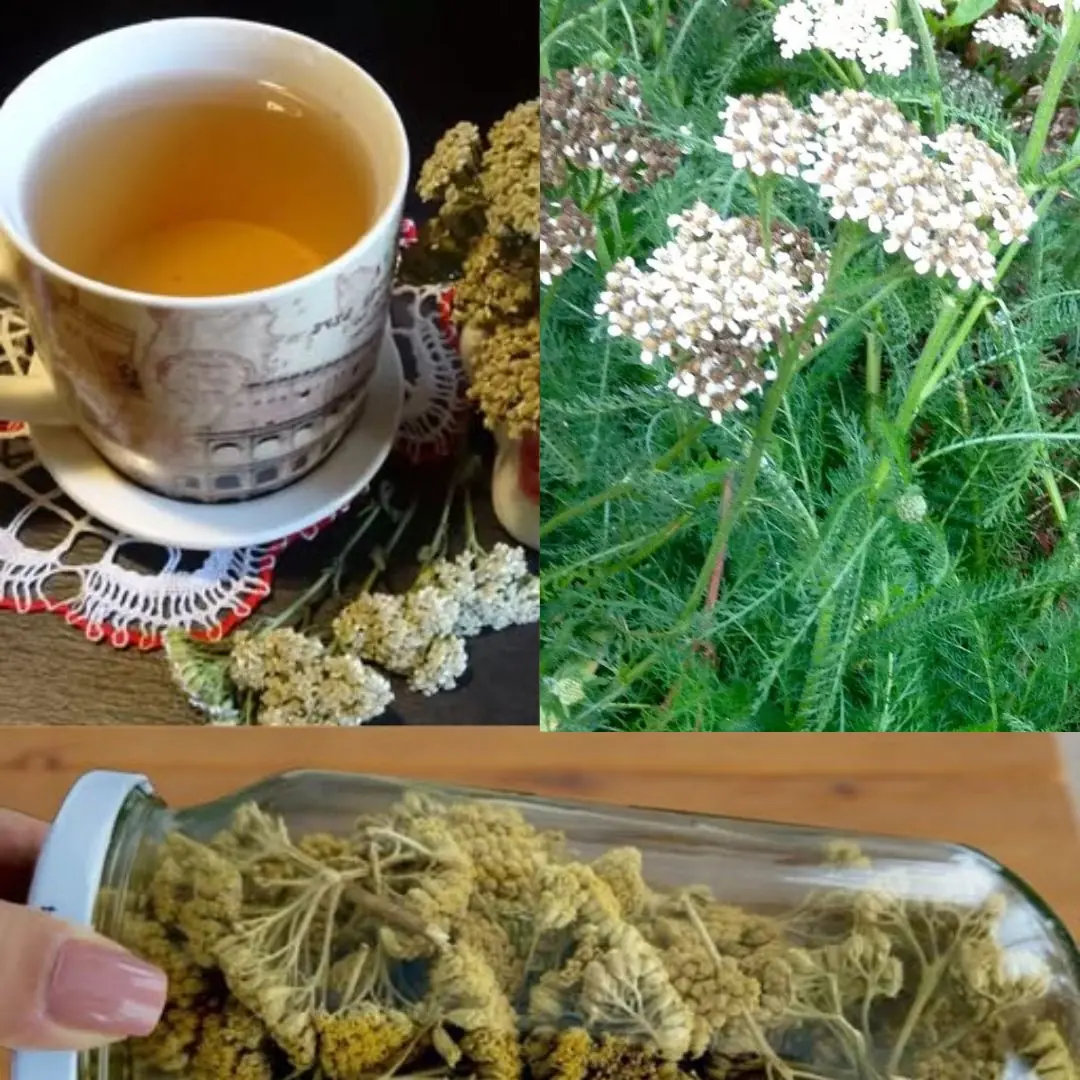
Yarrow: A Natural Herb with Powerful Health Benefits

Onion peels and cloves: a simple hair growth remedy from Grandma's time
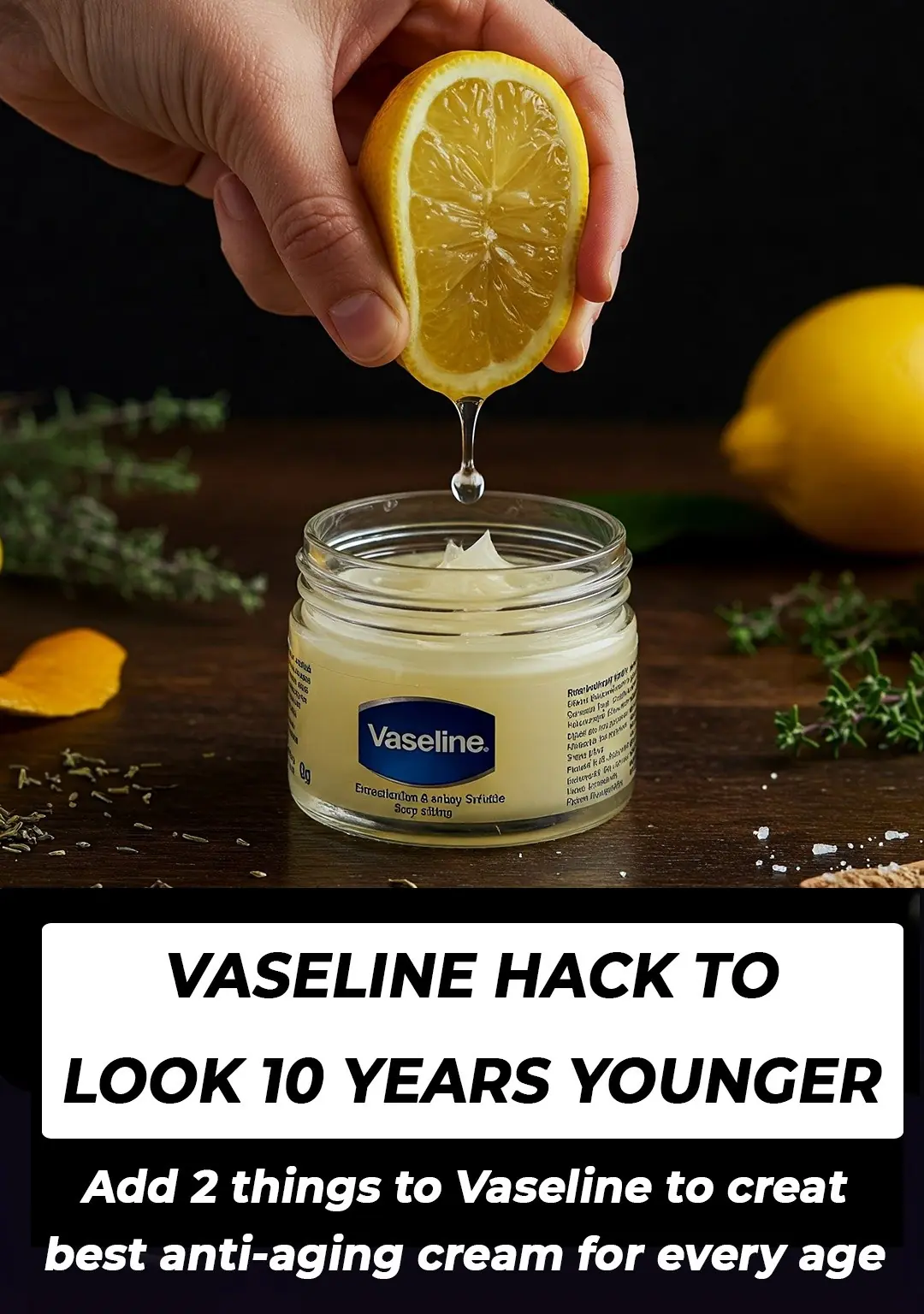
Vaseline to look 10 years younger

HE JUST NEEDED $25 FOR A HAIRCUT—BUT WHAT HE DID WITH IT SHOOK ME

When my son innocently revealed that my husband had been secretly driving a brighter car with a woman I knew nothing about.

Doctor Warns Against This One Thing If You Wake Up at Night

Reasons You Could Have Numbness or Tingling Sensations in Your Hands

A Well-Known Shampoo Is Being Withdrawn Immediately Due To Bacteria That Can Kill One In Ten Patients

Why Was My Son Left Out? A Text Revealed the Truth

Three Became Fathers in a Day—One Text Changed Everything

"Unbelievable Coincidence: The Orphanage Held a Carbon Copy of Our Child!"

The Hidden Weight of Childhood: A Journey of Independence, Compassion, and Unspoken Secrets

There were cops in my yard, and as an african american family, my mind was full of negative thoughts

I Always Thought Housework Was a Breeze—Until My Son Taught Me a Lesson I’ll Always Remember

I Helped Plan a Family Cruise for My Dad and Stepmom & They Invited Me Too—I Didn't Know They'd Turn Me Into the Nanny
I thought joining my dad and stepmom on a family cruise would bring us closer. Instead, I found myself stuck in a tiny cabin with two kids and a long list of responsibilities no one warned me about.